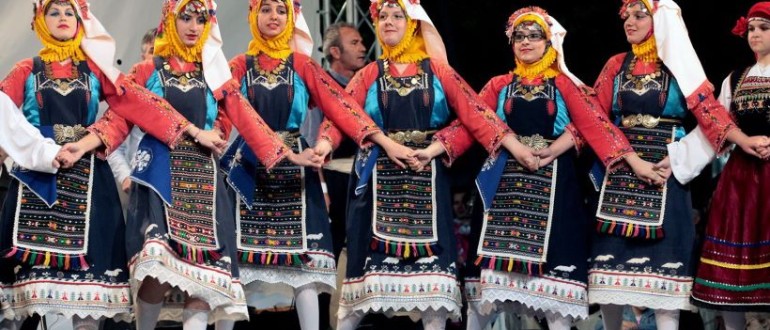England
To feel the enjoyment of the informal group singing of the English, one needs to go to one of the famous “singing pubs” of England. “Traditional singing in harmony has been recorded extensively” (Gammon, 2000:327). Unfortunately, the singing styles that have been documented during the last 100 years bear obvious traces of the influence of European professional polyphony. Fortunately, historical sources provide very important information about the wide distribution of the tradition of polyphonic singing in medieval England and other countries of the British Isles. One of the earliest and certainly the most important information about polyphony in England (and in fact, in northern Europe) comes from Giraldus Cambrensis from around 1180-1200. He described in detail the part-singing traditions in northern England and Wales. Cambrensis believed the British islanders learned the part-singing tradition from the Danes and Norwegians. After this interesting bit of information (as there is no live tradition of vocal polyphony in contemporary Norway and Denmark) there is very little information before the 18th century.
Before going further let us listen to Cambrensis himself, as citing his famous passage became a common place in the books on music history, and would be shame not to have it in a book wholly dedicated to the vocal polyphony. Readers, who have read this passage many times, can omit it, but those who will be reading it for the first time, I would suggest to remember that we are listening to a highly educated thinker who is talking about the musical life in Wales and England at the end of the 12th century:
“As to their musical euphony, they do not sing uniformly as this is done elsewhere, but diversely with many rhythm and tunes, so that in a crowd of singers, such as is the custom among these people, you will hear as many different songs and differentiations of the voices as you see heads, and hear the organic melody coming together in one consonance with the smooth sweetness of B-flat.
“Moreover, in the northern part of Great Britain, that is across the Humber and on the border of Yorkshire, the English people who inhabit those parts employ the same kind of symphonious harmony in singing, but in only two parts: one murmuring below and the other in a like manner softly and pleasantly above. Both nations have acquired this peculiarity not by art by long usage, which has made it, as it were, natural. Moreover, it prevails in both countries and is now so deeply rooted there that nothing musical is performed simply, but only diversely among the former people and in two parts among the latter. And what is more remarkable, children scarcely beyond infancy, when their wails have barely turned into songs observe the same musical performance.





